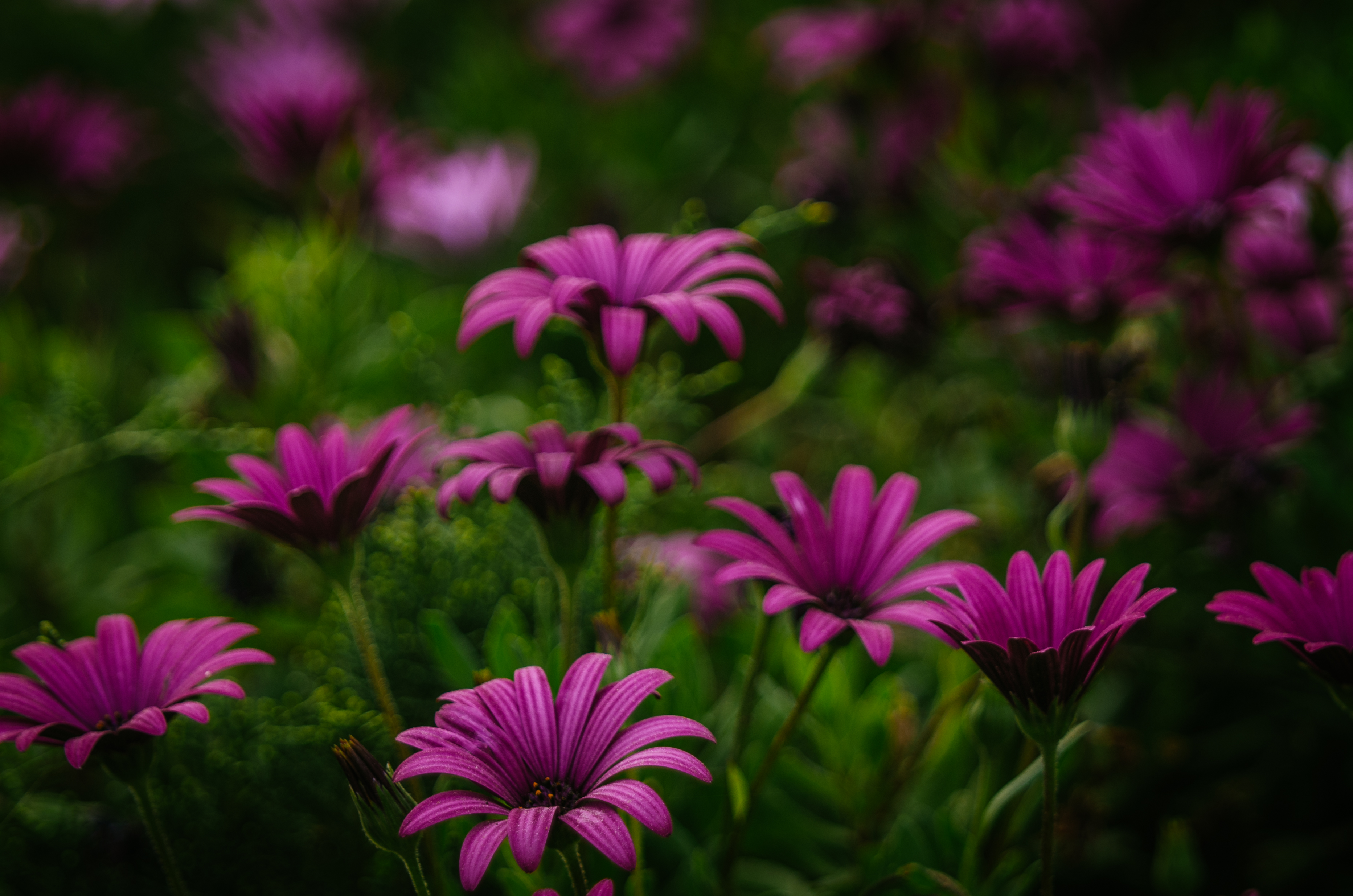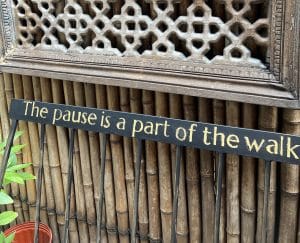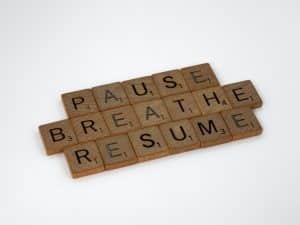
Earlier this week, things got a little tense around here. Well, we talked about things being tense, anyway. We shed some light on the topic of anxiety, and those moments when your stress levels become so heightened that “catching your breath” seems like an impossible dream. It happens to the best of us, and usually at the times when you are least interested in having it happen. When you’re about to present to those important people, take that critical exam, or have that really hard conversation – those are the moments when it feels like the ground has slipped out from under you, and you can’t get your feet back to it. Like there aren’t any solutions.
But there are. Really. Just ask this weekend’s “no-fail” mindfulness challenge.
When your heart is racing, your mind is blurring, and your palms are sweating from intense anxiety, or even panic, grounding is exactly what you need. Not in the “go to your room” kind of way that your mom meant it back in the day, but in a way that reconnects you to a sense of stability and control within yourself. In a way that allows you to catch your breath again.
So, how exactly does this work? You have some options.
- Get earth-friendly. “Grounding” is both a figure of speech and an actual thing. Pressing all four corners and all ten toes of your feet into the ground stabilizes your energy. This works in socks, in shoes, and even inside, but if you want to up your dosage, take your toes outside. Wherever you are, focus on the sensations of the connection of each part of your foot to the ground. Maybe close your eyes, to make it easier to focus. If you’re outside, let the other elements of nature around you, many of which are rooted into the ground themselves, help to do the same for you. Just a few minutes can make a difference, remembering that you are always connected to the earth, and as you ground down, it presses back up with gentle, constant support.
- Survey your surroundings. When anxiety is at its highest, another kind of grounding can also be useful. Wherever you are, take a look around you and name to yourself the following: 5 things you can see, 4 things you can hear, 3 things you can touch, and 2 things you can smell. In fact, any number of any of those things will work. It’s a simple exercise that sharpen your focus into the details of your physical surroundings, slowing your physiological stress responses and stabilizing your mind and body. It’s also, for the record, a perfectly amazing mindfulness exercise in and of itself even when your stress isn’t at max capacity. Focus FTW.
- Halt and catch fire. You know, like computers used to, at least in theory. Although the phrase has nothing to do with mindfulness, it’s exactly what needs to happen in those moments when the only way to slow your mind, your pulse and your breathing down is to STOP, and (figuratively) burn it all down. If the choices are fight, flight or freeze, then #3 is your jam. Find a place to sit (or stand; see “grounding” above), place your palms on your lap or press them into your sides, and feel that sensation. Nothing else. Be as still as possible, and count to 10. Then, take a deep breath in, and a deep breath out. Maybe another one, if you like. Stay as still as you can until you start to feel your stomach unclench and your heartrate normalize, for you.
- Throw yourself some shade. Any shade will do. Start by closing your eyes, and bring to mind a color. For me, I’d go with blue or purple because they make me feel calm, but that’s me. Maybe not you. Throw yourself the shade of your choice, and as you inhale, and your lungs filling with that color. As you exhale, cycle it back out from your nose and your mouth. Then fill up again, and let it out again, as many times as you can or want to. One focus, nothing fancy, but the breath will start to cycle again, and everything that happens after that is golden.
If you’re reading this now, you’re probably not in full panic mode. If you are, I hope at least one of these can help you breathe through it. Otherwise, file them away for a scary day, for you or maybe a colleague, classmate or friend in their moment of stressful need.
Maybe also remind them, and yourself, that stress in and of itself isn’t a bad thing. It means that what you’re doing is important to you, which helps you align your effort with your purpose. It’s often our reactions to stress, and the stories we write in our minds about it, that tip us over into the point of (almost) no return.
You can always find your way back to center, though, because you are never really as far from it as you think. In many cases, you may be just a few breaths away from OK.
Photo credit: Nathan Engel



